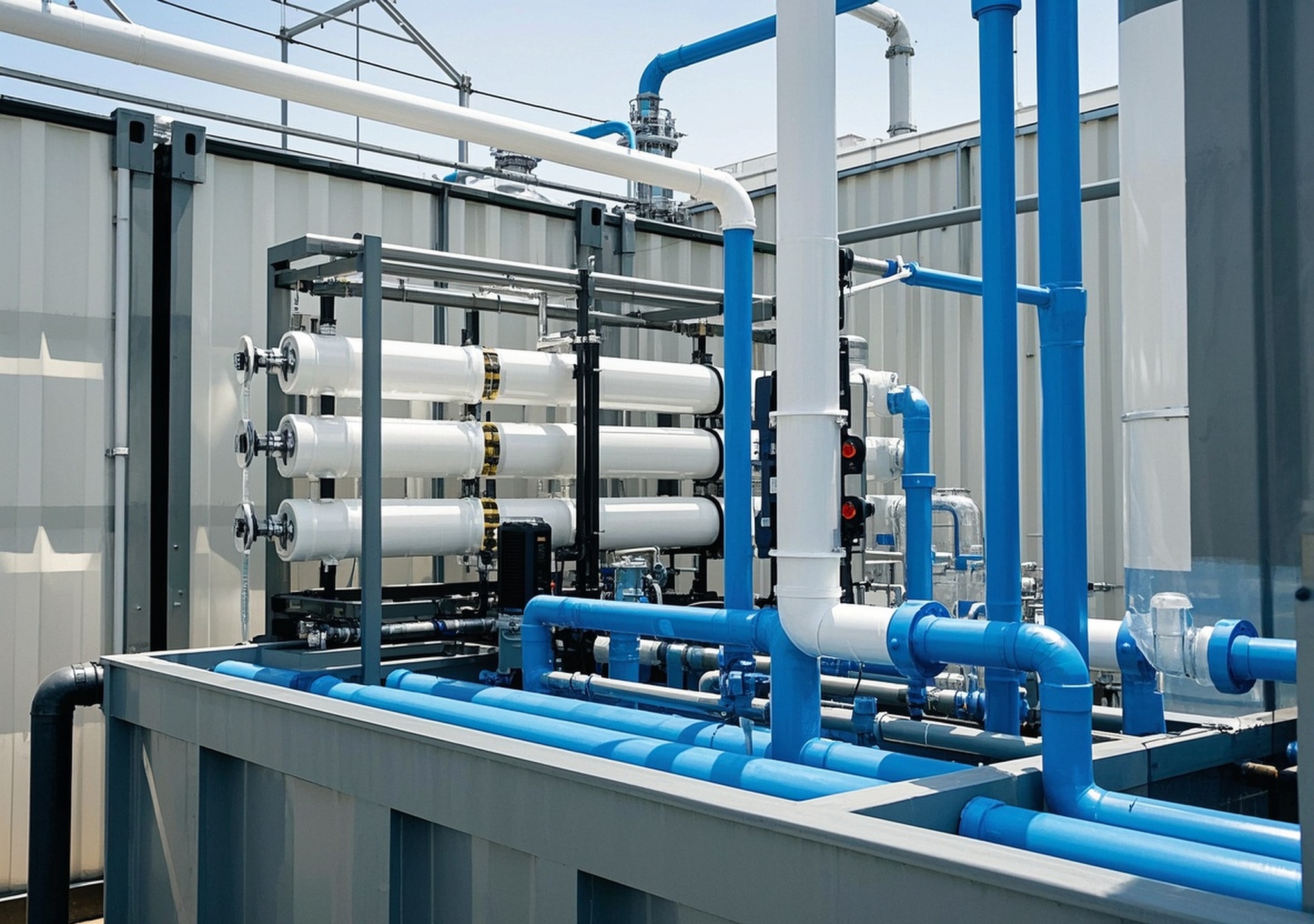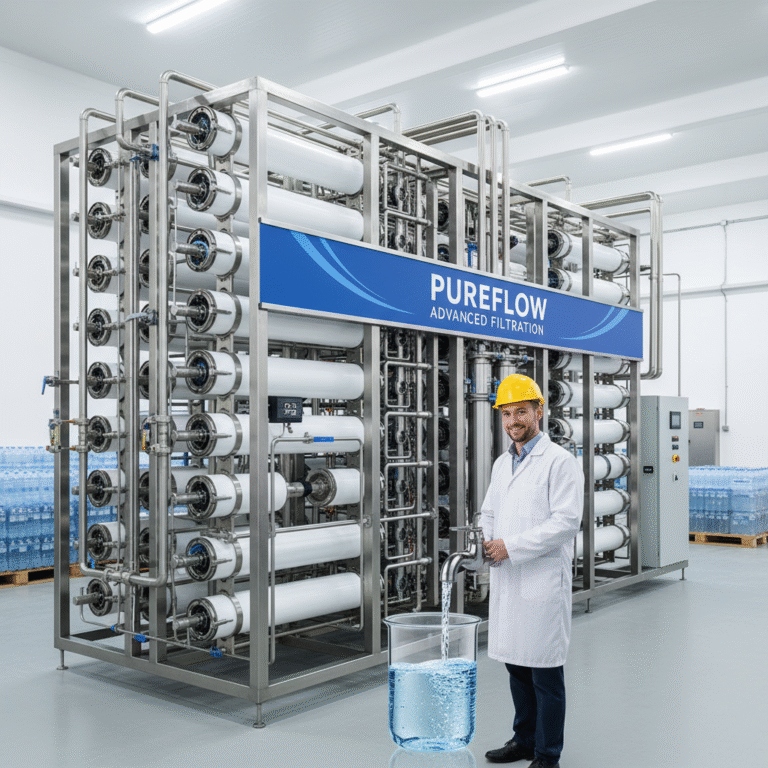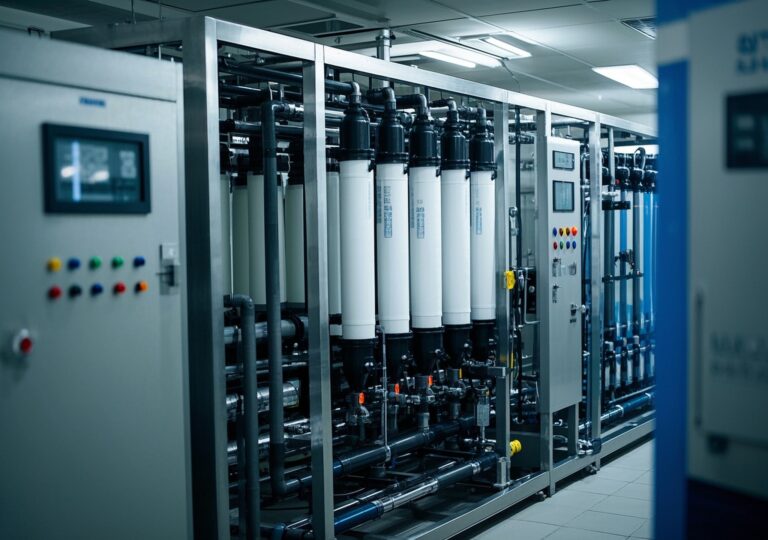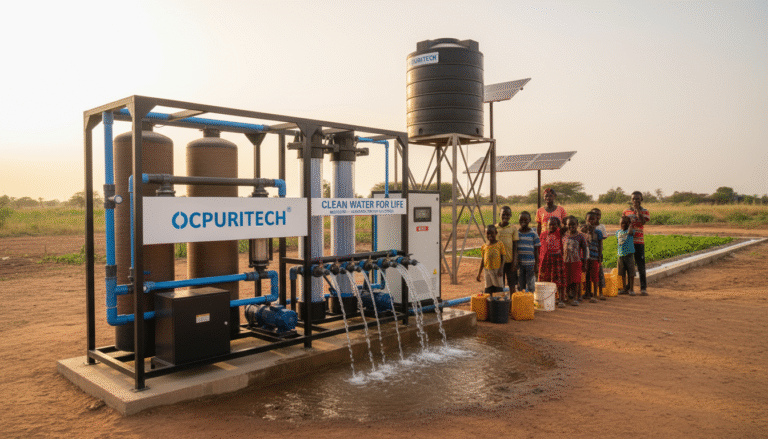Zany Advances in Reverse Osmosis Water Purification Plants

Zany Advances in Reverse Osmosis Water Purification Plants
Introduction: The Pivotal Role of Reverse Osmosis in Modern Water Treatment
In an era marked by escalating freshwater scarcity and industrial water demand, reverse osmosis water purification plants have become indispensable technological solutions. These systems stand at the forefront of industrial and marine water treatment sectors, offering reliable methods to produce potable water from challenging sources such as seawater and contaminated surface water. Companies specializing in these technologies continuously refine system design and operation to optimize water quality and operational efficiency, cementing their status as core players in sustainable water management worldwide.
Product Overview: Technologies and Configurations Driving Water Purification
At the heart of modern reverse osmosis water purification plants lies the semi-permeable membranes that enable selective filtration of impurities. Key components typically include:
- RO Membrane Systems: High-performance polymeric membranes engineered to remove dissolved salts, metals, bacteria, and viruses across various salinity levels.
- Pre-treatment Filters: Multi-stage filtration including sediment filters, activated carbon, and ultrafiltration to protect membranes from fouling.
- Containerized and Modular RO Units: Compact, transportable systems offering scalable water production capacities ranging from a few cubic meters per hour for residential applications to thousands for industrial purposes.
- Disinfection Processes: Integration of ultraviolet sterilization or chlorination post-treatment to ensure microbiological safety.
These systems come in an array of power configurations, suited to constant feed pressures or variable flow supplies, ensuring adaptability for diverse operational demands.
Seawater Desalination Systems: Addressing Critical Water Needs with RO Technologies
Seawater desalination is one of the most challenging applications due to high salt concentrations and the presence of organic and inorganic contaminants. Reverse osmosis water purification plants designed for desalination utilize specialized membranes capable of rejecting up to 99% of dissolved salts. These plants boast benefits such as:
- High recovery rates with minimized brine discharge.
- Energy-efficient designs leveraging pressure exchange and intelligent feedwater control.
- Robust operational performance adapted to diverse saline feedwaters, including brackish and coastal waters.
The seawater desalination capability is particularly crucial for coastal cities and arid regions where freshwater resources are limited.
Global Water Resource Context: The Imperative for Advanced Purification
The ongoing global freshwater crisis is underscored by increasing waterborne diseases and dwindling clean water supplies, accentuating the urgency of effective treatment solutions. According to a recent market forecast, the global reverse osmosis water treatment system market was valued at $7.8 billion in 2023 and is projected to reach $14.2 billion by 2032, reflecting a compound annual growth rate (CAGR) of 6.8% from 2024 to 2032. This growth is fueled by rising demand in both residential and industrial sectors to secure safe potable water (Dataintelo, “Reverse Osmosis Water Treatment System Market Report”).
Seawater desalination powered by RO systems is a strategic component of this trend, helping bridge the gap where freshwater is scarce or contaminated.
Innovative Technical Highlights of Next-Generation RO Plants
Recent innovations are pushing the boundaries of what reverse osmosis water purification plants can achieve, including:
- IoT-Enabled Energy Management: Systems now incorporate smart control algorithms that can reduce energy consumption by up to 30% through real-time pressure and flow adjustments.
- AI-Driven Predictive Maintenance: By analyzing sensor data, operators can anticipate membrane fouling or pump failures, minimizing downtime and extending membrane lifespan.
- Advanced Membrane Coatings: Nanotechnology-based membranes with specialized coatings achieve pollutant rejection rates as high as 99%, including emerging contaminants such as pharmaceuticals.
These technological leaps enhance plant performance, reliability, and cost-effectiveness.
Scientific Foundations: Mechanisms Underpinning Seawater Purification
The seawater desalination process using RO consists of several critical stages:
- Pre-treatment: Removal of suspended solids, chlorine, and organics to prevent membrane degradation. This stage often involves multi-media filtration and chemical dosing.
- Reverse Osmosis Membrane Filtration: Application of high pressure forces seawater through semi-permeable membranes, separating freshwater molecules from salts and contaminants.
- Post-treatment: Adjusting water pH, re-mineralization, and final disinfection, ensuring compliance with potable water standards.
The membranes employed are typically thin-film composite membranes, valued for their permeability and salt rejection efficiency.
Expanding Application Scenarios: Versatility in Challenging Environments
Adaptability is a hallmark of modern RO plants. These units are successfully deployed in wide-ranging scenarios, including:
- Yachts and Marine Vessels: Compact RO units provide onboard freshwater generation, crucial during extended voyages.
- Offshore Platforms: Industrial-quality treated water is essential for operational needs, and modular RO systems meet space and energy constraints.
- Remote and Harsh Environments: Systems are tailored with ruggedized components and autonomous operation options to function reliably in deserts and arctic conditions.
Such customization enhances the feasibility of RO technology across various sectors.
Manufacturers of reverse osmosis water purification plants rigorously adhere to international maritime and environmental regulations. Certifications often include ISO quality management systems and compliance with guidelines from authorities such as the U.S. Environmental Protection Agency (EPA) and the International Maritime Organization (IMO). Routine water quality testing and robust process control ensure consistent safety and regulatory conformance.
Sustainability Considerations: Energy Efficiency and Environmental Impact
Environmental stewardship is integral to the design and operation of contemporary RO plants. Key sustainable practices include:
- Energy Recovery Devices: Used to reclaim pressure energy from brine streams, cutting overall power consumption.
- Eco-Friendly Brine Management: Techniques like brine minimization, dilution, and zero liquid discharge systems mitigate the ecological footprint of desalination.
- Integration with Renewable Energy: Solar and wind-powered RO systems are increasingly implemented, reducing greenhouse gas emissions.
These efforts align water purification solutions with global climate goals and resource conservation.
Company Credentials and Support Infrastructure
Leading providers of reverse osmosis water purification plants offer extensive product lines encompassing small to large-scale systems, backed by customizable engineering services. Their global support networks ensure rapid response for installation, maintenance, and upgrades, ensuring clients realize optimal system performance and return on investment.
In my experience collaborating on coastal desalination projects, a comprehensive after-sales program including remote monitoring and proactive maintenance significantly enhanced plant uptime and reduced lifecycle costs.
Summary
Reverse osmosis water purification plants embody a crucial nexus of technology and sustainability in tackling the world’s growing freshwater challenges. Supported by advancing membrane technologies, smart management systems, and robust application versatility, these plants serve vital roles across residential, commercial, industrial, and marine contexts.
The integration of authoritative market insights with field-proven expertise underscores the value of investing in state-of-the-art RO solutions. As global water shortages intensify, stakeholders are encouraged to explore and adopt these impactful technologies for a secure and sustainable water future.
References
- Dataintelo, “Reverse Osmosis Water Treatment System Market Report | Global Forecast From 2025 To 2033”




